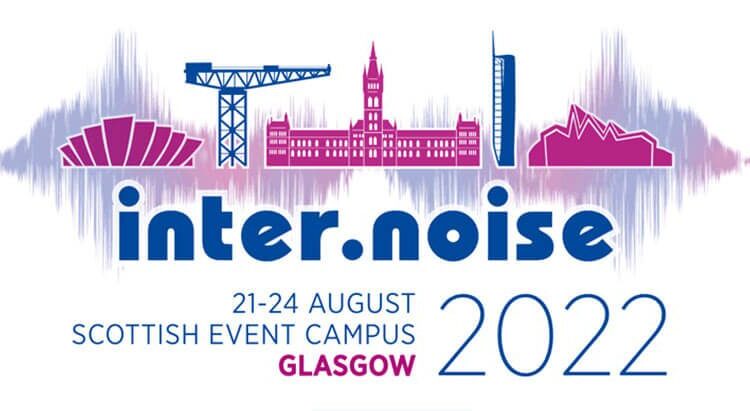
We continue on giving you highlights and summarise of a variety of subjects from Internoise in Glasgow, enjoy!
Abigail Bristow: From the cost of noise to the value of soundscape
The past two decades have seen an ongoing paradigm shift from noise control to soundscaping. Soundscape approaches have been widely applied in traditional noise management projects. However, cost-benefit analysis (CBA), widely used for economic appraisals of projects that would impact the sound environment, is still noise-based and residential-location-focused. As a result, the benefits of wanted sounds are omitted, and only very limited receiver types and contexts are covered. While there is a wealth of literature on valuing the costs of noise and the benefits of noise reduction little research has been done on soundscape valuation. Consequently, there is little evidence of the monetary value of soundscaping, which is essential for developing soundscape-based CBA.
Abigail discussed how to put a price tag on soundscape and the importance to present true value and identify an objective measure. We can´t only focus on how people feel about noise in their homes. The way forward – focus on areas where noise has a significant impact! Collect the information from case studies and questionnaires. Below she presented the available set of valuation approaches that might apply to soundscape valuation.
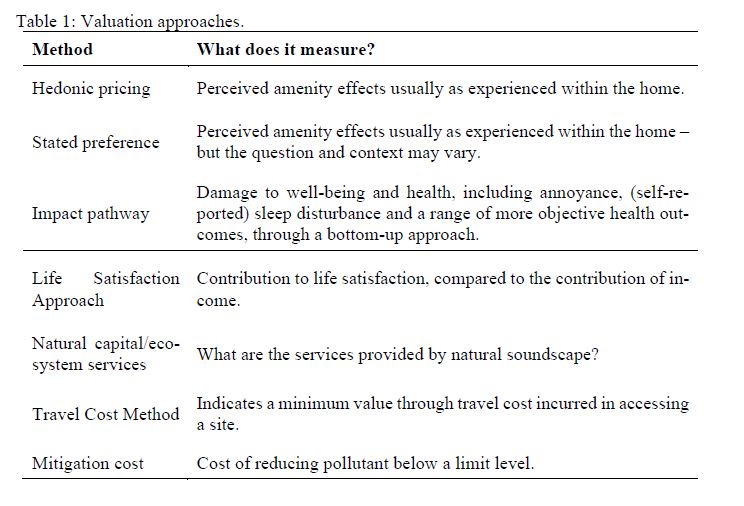
Monica Waaranperä: Why noise control must be considered in the context of sustainable development
The United Nations 2030 Agenda for sustainable development comprises 17 Sustainable Development Goals (SDGs). Since noise control are not directly apparent in any of the goals, Eoin King from the NUI Galway, presented an article at the Internoise 2021 conference sparking “a debate about how noise might be further considered in the context of sustainable development”. Monica was inspired by King´s article, and presents examples from the planning of two new railroad lines in Sweden. The Swedish Transport Administration has based the goals of the projects on the 2030 Agenda.
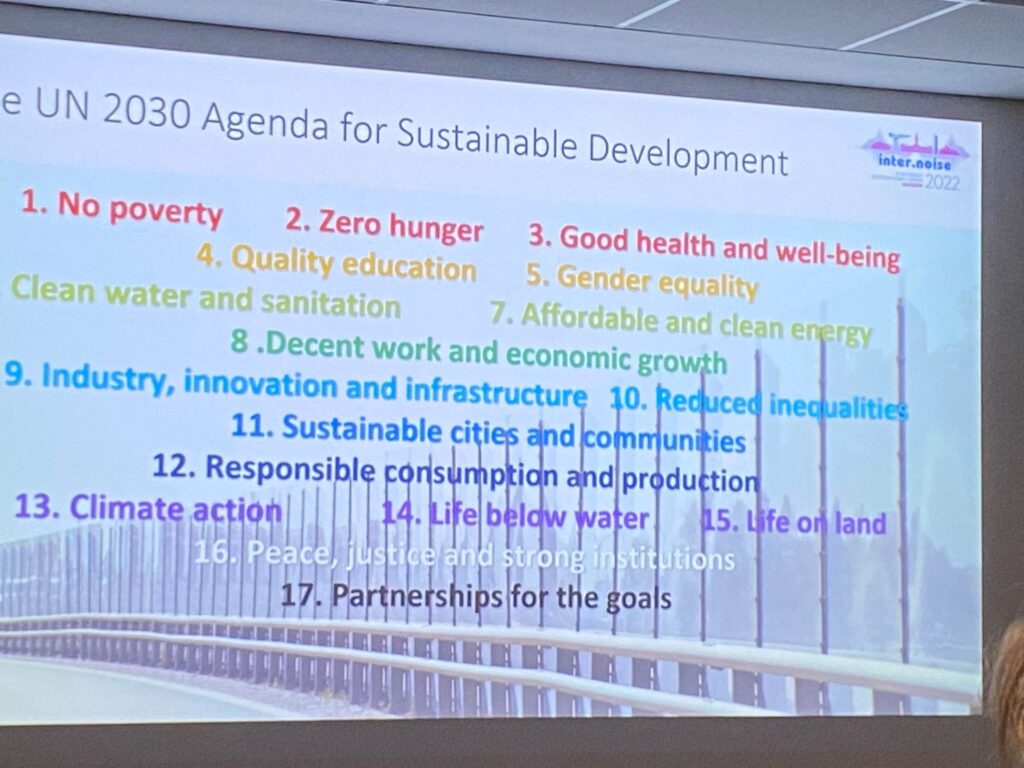
Different SDGs have been applicable for different aspects of the projects. For traffic noise the SDG nr 3 – Good Health and Well-being, and nr 11 – Sustainable Cities and Communities, are considered the most relevant.
The reasoning and the method to integrate the SDGs in the railroad projects are described in the paper. In sum it also emphasizes the importance of including noise in the SDGs for infrastructure projects. Noise control must be considered in the context of sustainable development, especially from the viewpoint of the 10th SDG – Reduced Inequality.
A cheerful and engaged audience suggested a new word – Acoustic Poverty!
Peter Rogers: The evaluation of a lexicon for Sustainable Acoustics
Holistic approach – create healthy spaces for all species!
Articulating how sustainability and acoustics fit together has been a challenge, acoustics facing the image problem that it can’t solve climate change or global overcrowding, creating a perceived lack of importance in the big picture. Peters paper focuses on understanding the ubiquitous nature of acoustics is central to a sustainable future. Discussing acoustics solutions as a tool to tackle problems faced by humanity on land, air, water.
Sound has provided humanity’s first early warning system and listening is an example of how acoustics can influence, when considering healthy cities, natural capital and the need to monitor and adapt to extreme events. Lindsay’s Wheel has served acoustics well, explaining how such a broad field connects up. But is in isolation from the existential threats humanity faces in climate change and determining what sustainable living means for the future. To evolve and expand the understanding of how acoustics can help deliver sustainable outcomes a new version of the lexicon is proposed! Intended to aid the paradigm shift and acceleration needed of acousticians to engage in the local and global solutions.
Have a look at some suggested news in the Wheel: wildlife acoustics, cosmic acoustics, soundscape quality!
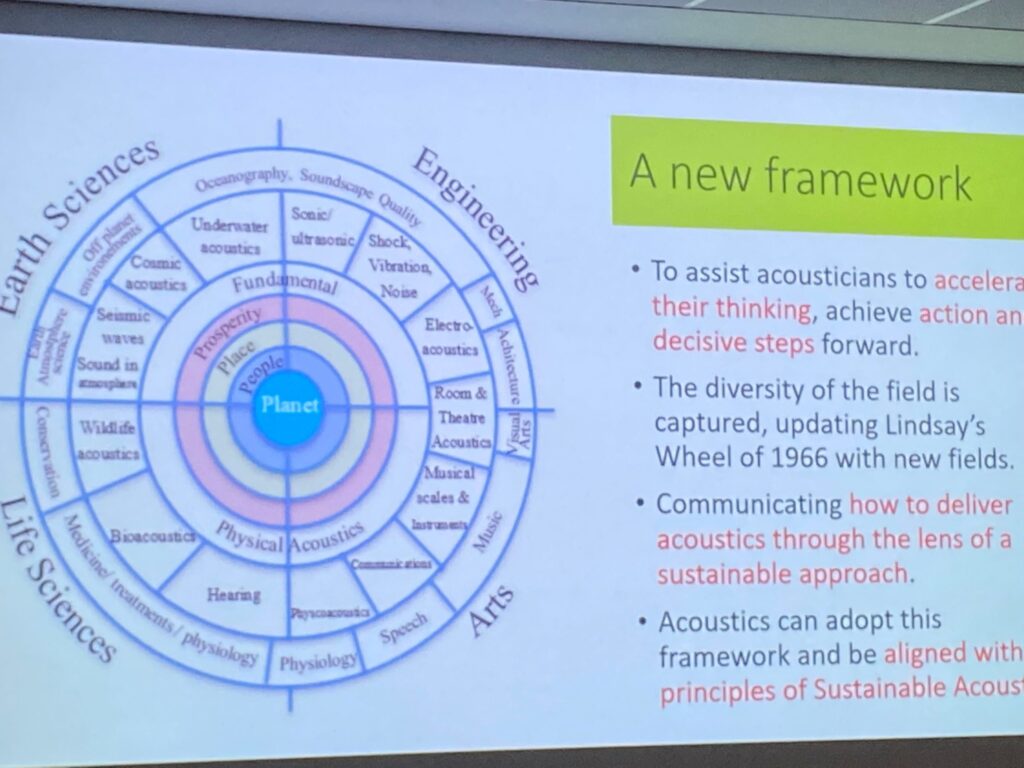
Stephen Turner: Noise Policy in a More Sustainable Future
The next presentation examines the implementation of noise policy in the context to deal with the effects of climate change. Consequently, is it going to be necessary to compromise the standards used in the noise policy in order to enable measures to tackle climate change? Based on the author’s extensive experience of developing and implementing noise management policy, his paper consideres how the pressures of tackling change could impinge on the outcomes through noise management policy. The paper consider the various types of noise policies that exist and explore the issues that have to be addressed to secure a more sustainable future.
Promote good health and a good quality of live through the effective management of noise within the context of Governement policy on sustainable development.
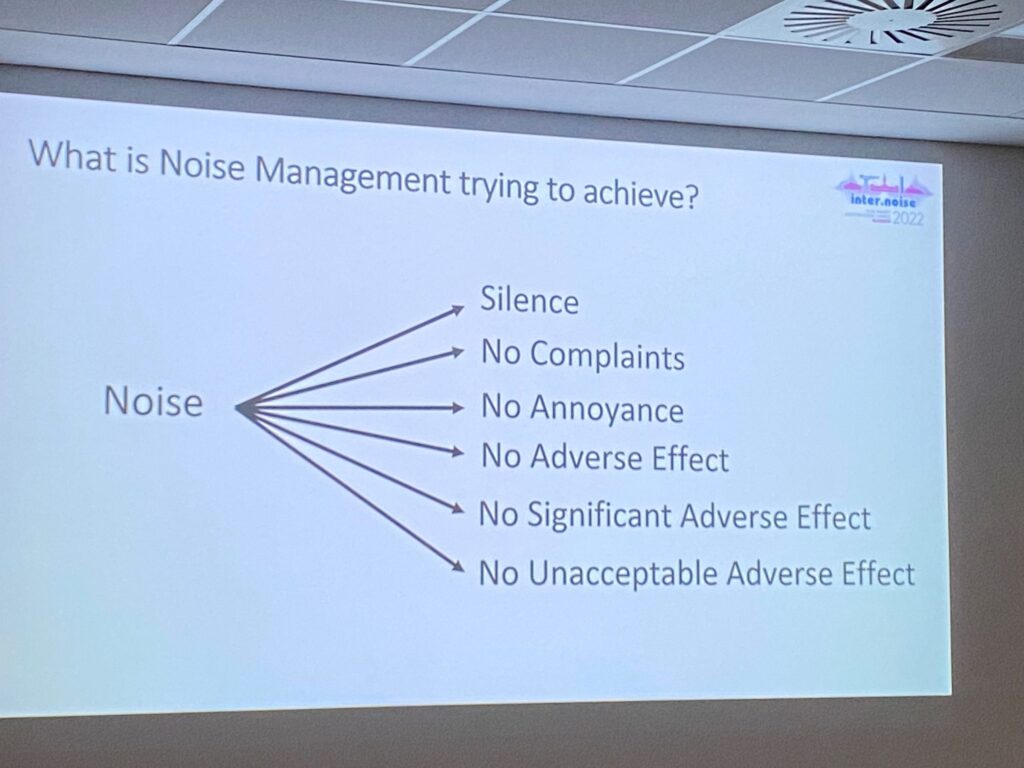
Because Prevention is always better then care!
Want to read more from Internoise 2022, click below

